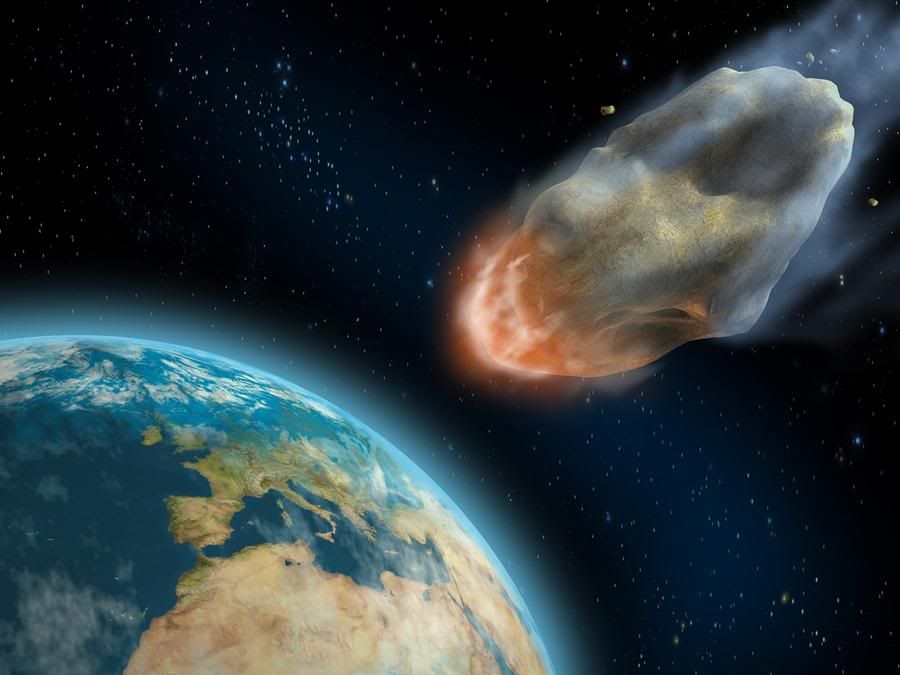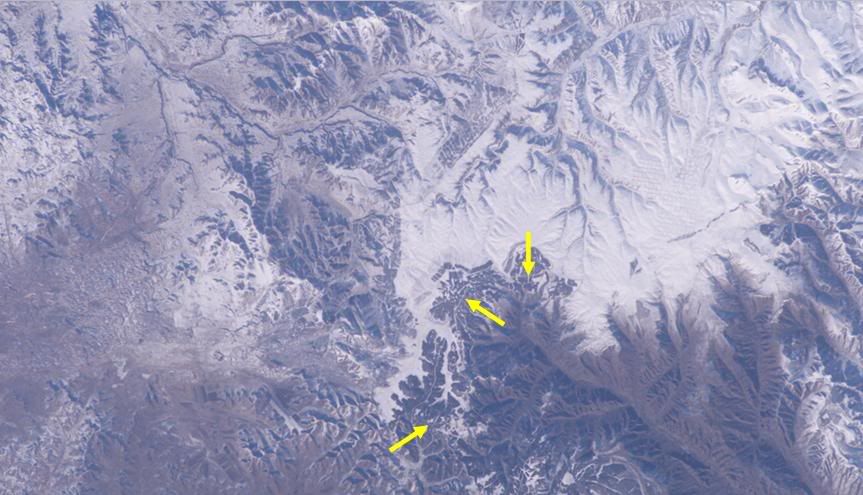
World's largest cave - Hang Son Doong or Mountain River Cave.
Located in the heart of the Vietnamese jungle, the cave was first explored by a British team in earlier 2009. Measuring at 200 meters high, 150 meters high, and at least 4.5 kilometers long, it is believed to be almost twice the size of the current record holder, the Deer Cave in Sarawak, Malaysia, which is 100m high and 90m wide.

World's longest cave - Mammoth Cave.
Located near Cave City, Kentucky, the cave has more than 367 miles (591 kilometers) of explored passage but cave explorers believe the cave system will eventually prove to be 560 miles (900 km) long. This record is unlikely to be surpassed in the near future, as the second longest cave in the world, Optimisticeskay Cave, is only 143 miles (230 km) long.

World's deepest cave - Krubera Cave or Voronya Cave.
Located in Abkhazia, Georgia, the distance between the entrance point to the deepest explored point is about 2,191 meters. The cave remains the only cave on Earth deeper than 2,000 metres.




















